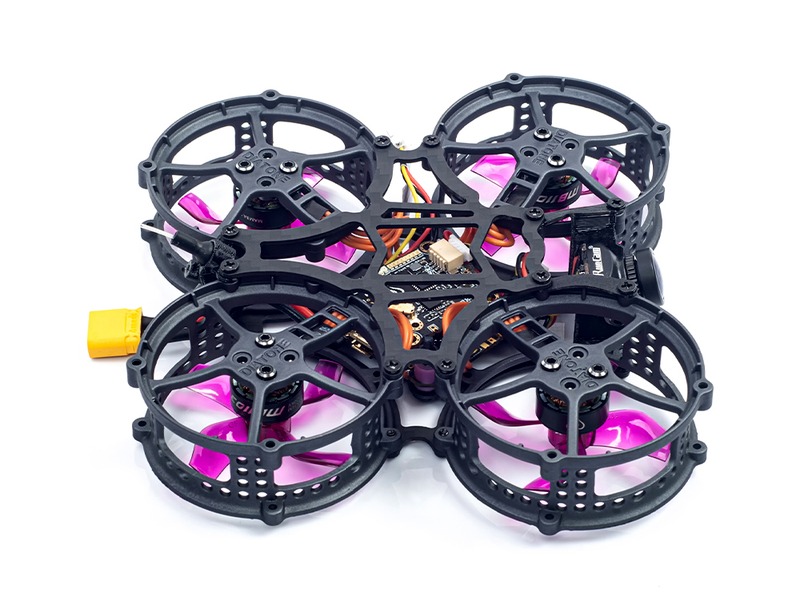Does NASA fly drones?

Yes, NASA does fly drones. NASA has been using unmanned aerial vehicles (UAVs) for research and exploration since the early 1990s. NASA has used UAVs for a variety of purposes, including atmospheric research, Earth observation, and planetary exploration.
NASA’s first UAV was the Pathfinder, which was developed in the early 1990s for atmospheric research. The Pathfinder was designed to fly autonomously and collect data on the atmosphere and environment. The Pathfinder was used to study air pollution, ozone depletion, and other environmental issues.
NASA has also used UAVs for Earth observation. For example, the Global Hawk UAV was used to study hurricanes and other weather systems. The Global Hawk was also used to monitor the environment in remote areas, such as Antarctica and the Arctic.
NASA has also used UAVs for planetary exploration. For example, the Mars Pathfinder mission used a UAV to explore the Martian surface. The UAV was able to fly autonomously and collect data on the terrain, atmosphere, and environment of Mars.
NASA has also used UAVs for spacecraft rendezvous and proximity operations. The Mars Exploration Rover mission used a UAV to fly close to the Mars Exploration Rover and take pictures of the rover. The UAV was also used to take pictures of the Martian surface and to map the terrain.
NASA has also used UAVs for other purposes, such as monitoring wildfires and providing communications support for astronauts in space. In addition, NASA is currently developing UAVs for use in future missions, such as the Mars 2020 mission.
Overall, NASA has been using UAVs for research and exploration since the early 1990s. UAVs have been used for a variety of purposes, including atmospheric research, Earth observation, and planetary exploration. NASA is currently developing UAVs for use in future missions, such as the Mars 2020 mission.
Comments / Question
1. Autopilot Systems: Autopilot systems enable drones to fly and carry out programmed tasks autonomously, eliminating the need for manual operation.
2. Sensors: Sensors, such as cameras, lidar, and infrared, provide NASA's drones with the ability to seek out and scan various objects and environments.
3. Gimbals: Gimbals are used to stabilize images and recording footage while the drone is in flight, ensuring smooth and stable video.
4. GPS: GPS is used to track the drone's location and ensure that mission objectives are met.
5. Robotics: Robotics provides advanced capabilities such as obstacle avoidance and autonomous flight.
6. Artificial Intelligence (AI): AI enables drones to process and analyze data in real-time, allowing them to make autonomous decisions based on their findings.

